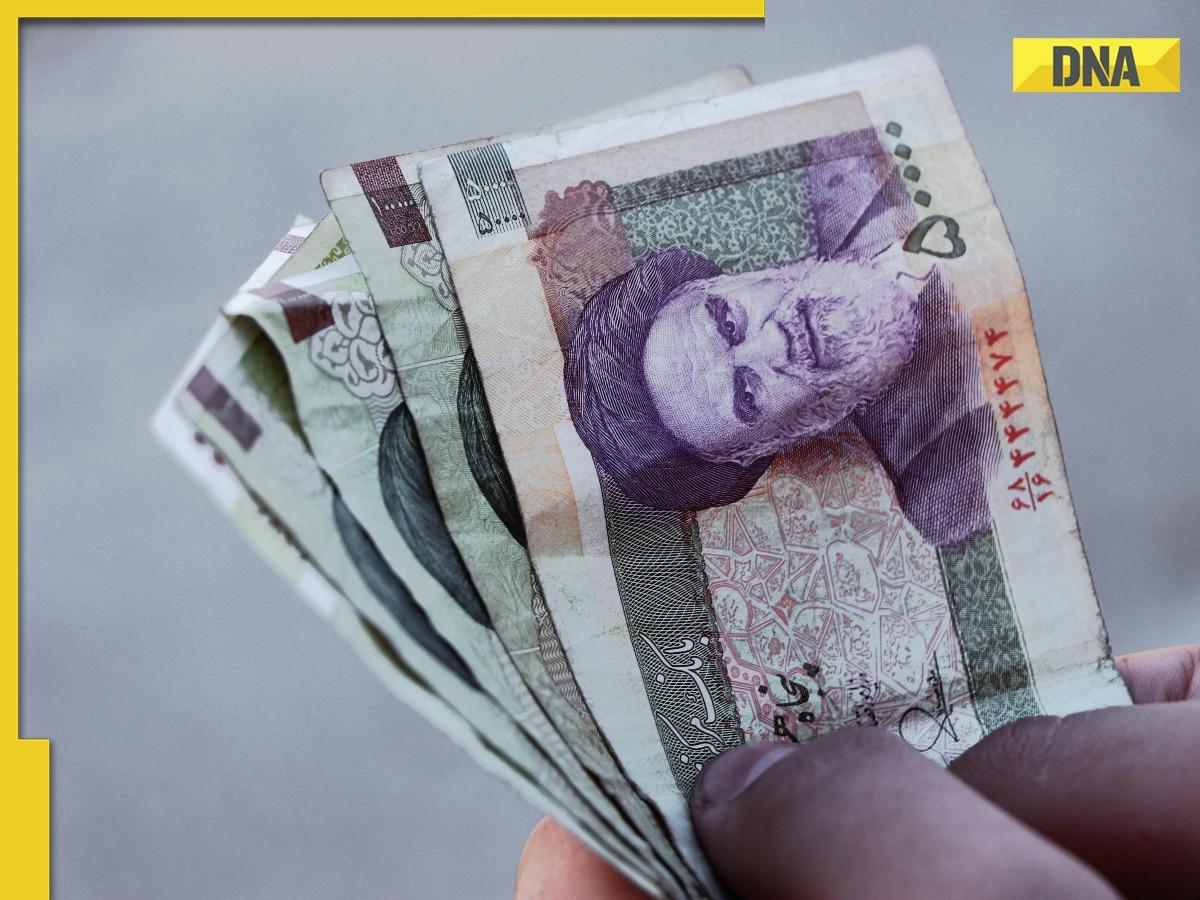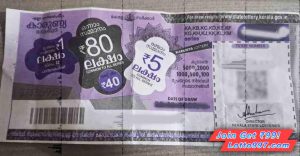
Iran, a nation standing at the crossroads of ancient and modern civilizations, has one of the most troubled currencies in the world. As of March 2024, Forbes reports that the Iranian Rial (IRR) holds the unwanted title of being the weakest currency globally. In an economy riddled with complications, the value of the Rial has plummeted, falling to a ratio of approximately 504 IRR to just one Indian Rupee (Rs 1). This drastic depreciation means that a sum as modest as Rs 2000 can turn someone into a millionaire in Iran, equivalent to about 1009820 IRR. Even Rs 5000 could net an astounding 2524551 IRR, further emphasizing the dramatic decline.
Several critical factors contribute to the plummeting strength of Iran’s currency. The seeds of economic turmoil were sown around the time of the Islamic Revolution in 1979, after which Iran saw a significant decline in foreign investments. This lack of external financial support destabilized the economy, contributing to the Rial’s gradual devaluation. Moreover, Iran’s controversial nuclear program has drawn international ire and, along with the Iran-Iraq war, has been instrumental in the continuing destabilization. However, sanctions imposed by Western nations have perhaps had the most direct and sharply adverse impact, bringing Iran’s economy to its knees and profoundly affecting the Iranian Rial.
Although the internal issues have been severe, international politics has been the most influential external factor leading to this economic mess. Sanctions, particularly those that restrict Iran’s ability to sell oil, have limited the nation’s revenue streams. This restriction leaves the government struggling to support public spending, significantly affecting the value of the Rial. Their nuclear ambitions, viewed with suspicion by much of the global community, have only exacerbated these sanctions, further driving the economy into a bottomless pit.
The impact of these sanctions has been devastating on various sectors of the Iranian economy. With oil exports crippled, one of Iran’s primary sources of revenue has almost entirely dried up, leading to shortages of foreign currency reserves.
. This dearth further weakens the Rial, setting off a vicious cycle of economic vulnerability.
To understand the human aspect of this crisis, one only has to look at the lives of ordinary Iranians. Daily survival has become increasingly challenging due to inflation that continuously erodes the real value of income and savings. Imported goods have become a luxury item, and everyday commodities are becoming harder to afford for the average citizen. Salaries are often not adjusted quickly enough to keep up with inflation rates, leading to a decrease in purchasing power and a lower quality of life for millions.
An interesting aspect here is the role of “forex” or foreign exchange in Iran’s economic landscape. As the Rial weakens, Iranians hoard stronger currencies like the US Dollar or the Euro to safeguard their savings, which aggravates the problem further. This behavior diminishes trust in the national currency, and until this sentiment changes, the Rial is unlikely to stabilize or appreciate significantly.
While Iran’s currency struggles under immense pressure, it is not the only country dealing with such economic woes. Vietnam, another nation striving to find its economic footing, faces challenges with its own currency, the Vietnamese Dong (VND). Currently, the exchange rate stands at 301 VND for every Rs 1. Similar to Iran, Vietnam’s currency situation reflects broader economic struggles that are impacted by both internal policies and external factors.
The plight of these nations reveals much about the global economic landscape, where weaker currencies often signify deeper underlying socio-economic and political issues. While becoming a “millionaire” in Iran might sound appealing in a cursory glance, it’s a surface reflection of deeper economic desperation and instability.
In summary, the Iranian Rial’s trajectory exemplifies the devastating effects of compounded crises—historical, political, and economic—that are contributing to its position as the weakest currency in the world. Considering these insights, the future of Iran’s economy appears grim unless substantial reforms and international negotiations bring some semblance of stability to the beleaguered currency.












